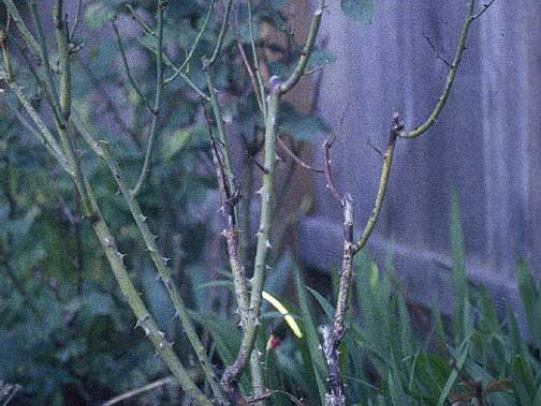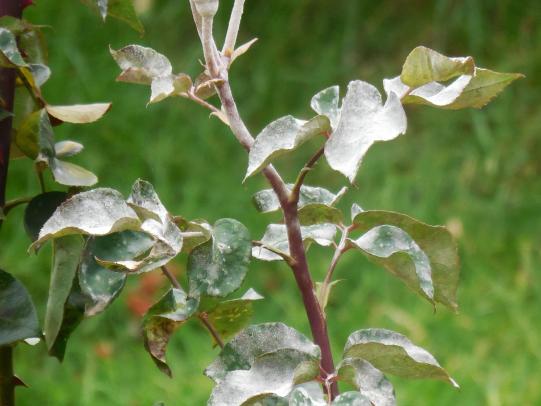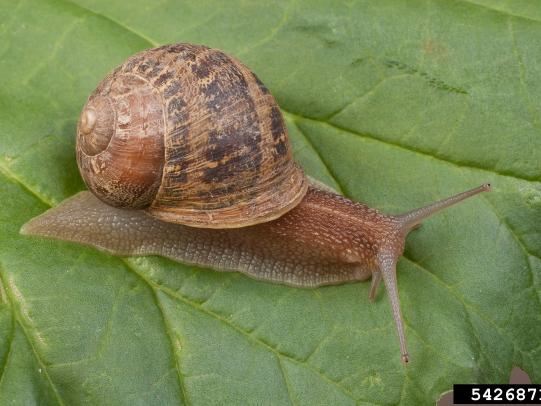Resuelve problemas de plagas
En los jardines y paisajes de Oregón crecen muchas docenas de plantas. Cada tipo de planta tiene muchas plagas de insectos, enfermedades y problemas culturales (no vivos) comunes. A continuación se muestran algunas plagas de plantas comunes como ejemplos.
Seguimos creando más páginas a medida que lo permita nuestra financiación. ¡Considere hacer una donación para este esfuerzo!

































